Private pricy, public priceless by Kotak Institutional Equities

Private pricy, public priceless
We find it hard to subscribe to the market’s new narrative of PSUs that may have contributed to the sharp rally in PSU stocks in recent months. In our view, the market is overly focused on near-term ordering and profitability, while ignoring the large downside risks to (1) medium-term profitability, (2) business model challenges and (3) disruption risks.
BSE PSU Index is up 92% over the past 12 months
PSU stocks have seen a sharp rally in their stock prices over the past 12 months, generating 19-443% returns over this period (see Exhibit 1). We note that (1) capital goods, (2) electric utilities, (3) financials and (4) oil, gas & consumable fuels have been the major leaders in the PSU rally. We find certain assumptions, surrounding the medium-to-long-term growth and profitability of these sectors, to be highly optimistic. We doubt much has changed in most sectors.
Capital goods PSUs may not enjoy extant high profitability in perpetuity
PSUs in the capital goods sector have seen a sharp rerating in their multiples over the past year (see Exhibit 2), driven by a sharp increase in order books and elevated profitability and returns (see Exhibit 3). We agree with the brighter prospects of the companies, but believe that the market is underestimating the downside risks in assuming (1) large order inflows for an extended period of time; sectors such as thermal electricity generation will have a finite quantum of orders and (2) perpetually elevated margin/return profile. In our view, the government’s three-in-one role of buyer, owner and policy-maker/regulator creates uncertainty regarding the companies’ future earnings and returns.
Electric utility PSUs at risk of weakening RoE profile/long-term disruption
PSUs in the electric utilities sector have seen a sharp rerating in their multiples over the past year (see Exhibit 4). NTPC’s current valuations (at almost 2X BV; BV also includes cash) (1) is meaningfully higher than the logical 1.25-1.50X P/B for extant coal-based assets based on regulated return and CoE, even assuming the generation assets exist in perpetuity and (2) ignore its likely lower return profile in the longer term, given the eventual transition to solar electricity (see Exhibit 5), which will also consume OCF of the extant coal-based plants. Meanwhile, the Street seems to be (1) overestimating the growth opportunity in PWGR versus its own growth targets (see Exhibit 6) and (2) underestimating the risks to PWGR’s RoE profile from competitive TBCB projects.
OMCs at risk of high volatility in marketing margins/long-term disruption
OMCs have seen a sharp rerating in their multiples over the past year (see Exhibit 7) on assumptions of high profitability. We are puzzled by the market’s confidence in the same, given (1) large volatility in marketing margins in the recent past and (2) high sensitivity of EPS to the same (see Exhibits 8-9). Our profitability assumptions are much higher than historic levels (see Exhibit 10), with limited visibility on the government’s pricing policy. Lastly, the low FCF-to-PAT ratios of the OMCs (see Exhibit 11) make P/E-based valuations irrelevant.
Model portfolio: PIDI replaces PWGR
Exhibit 12 is our revised recommended large-cap. portfolio. We add PIDI to the portfolio, with a weight of 150 bps, while exiting from our position of PWGR (190 bps). We re-distribute the remaining 40 bps to SBI Life.
PWGR has delivered strong returns (69% over the past year) and is currently trading at 2.4X FY2026E BV, which is at a significant premium to its fair multiple of around 1.5X BV. We have historically seen PWGR as the best play on the electrification of the Indian economy (more transmission assets to support new solar electricity generation assets in northern and western India versus coal-based electricity generation assets in central and eastern India), but current valuations more than adequately capture the growth opportunities for the next few years.
We find comfort in PIDI’s earnings visibility, given the (1) strong residential real estate up-cycle, which we expect to sustain for the next few years, (2) strong market position with possibly weakening competition as APNT will probably focus more on its mainstay paints segment, as it wards off aggressive competition from new entrants, (3) comfortable profitability assumptions (after recent price cuts and increase in A&P spends) and (4) low risk of disruption, unlike other building materials products; adhesives will likely remain a B2C product, as it is used in the post-construction (post-handover to owner) phase of a new house unlike other building products, which are used in the construction (pre-handover to owner) and thus, run the risks of being reduced to B2B products in the long term, as more development shifts to large developments (multi-apartment, multi-building projects) by large developers.
Above views are of the author and not of the website kindly read disclaimer

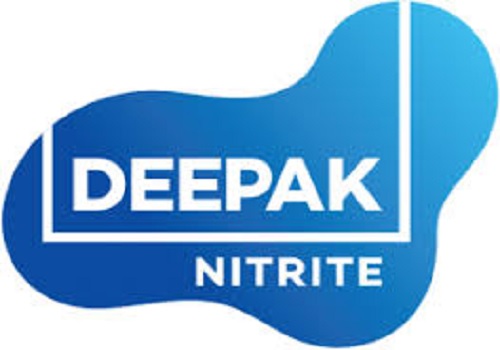

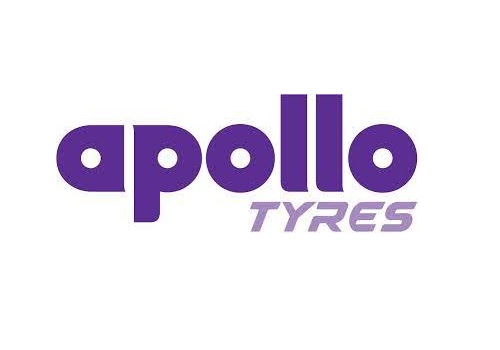


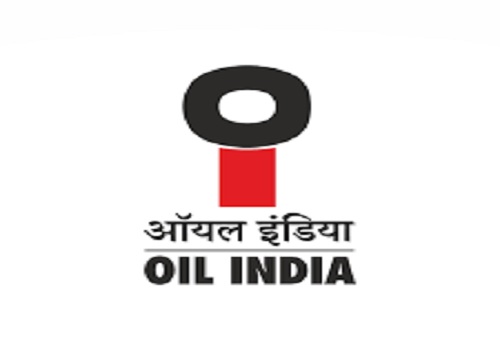

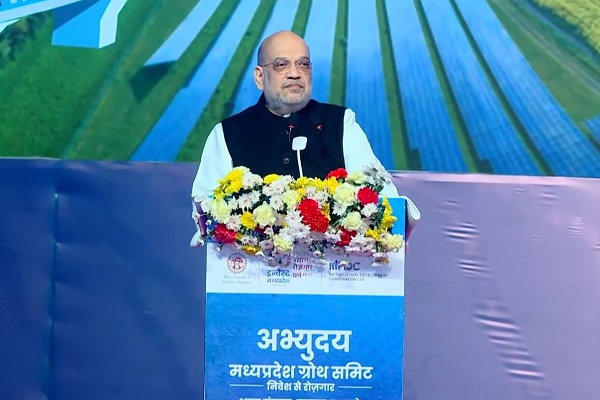




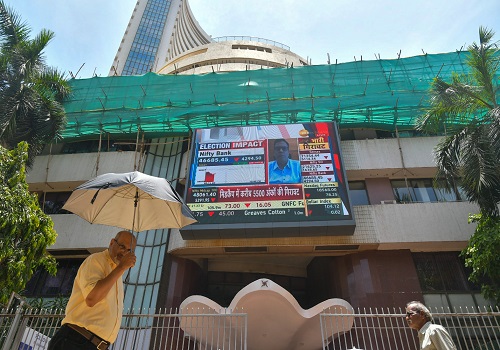
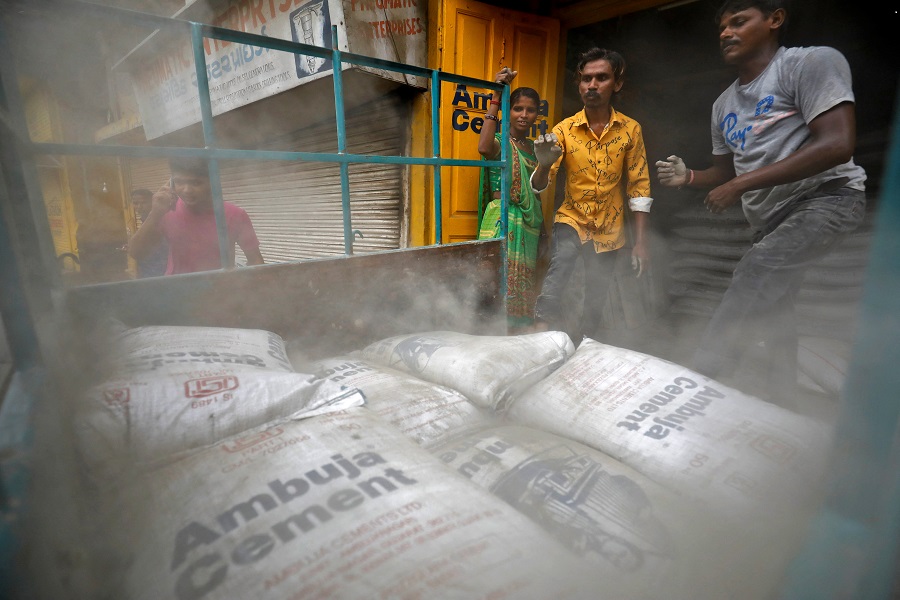




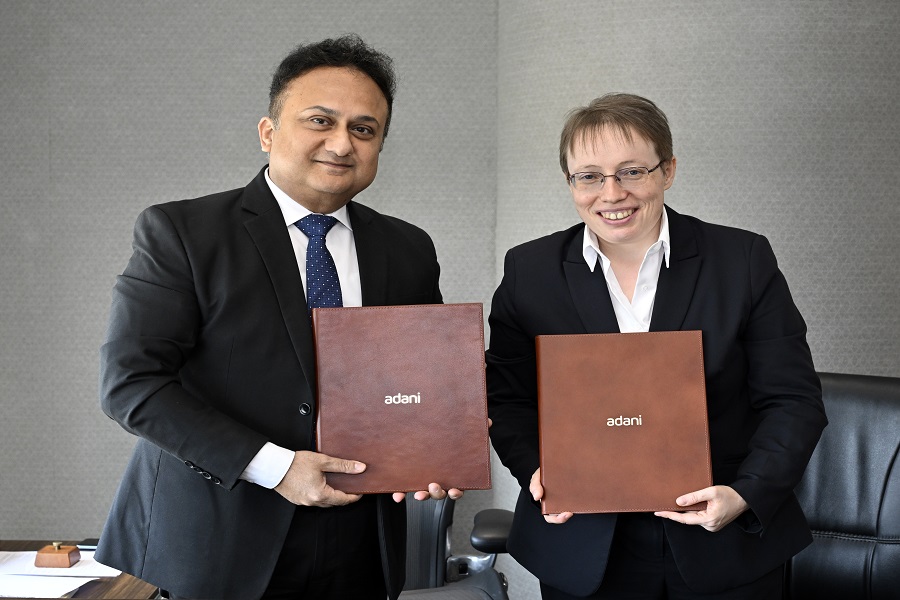


.jpg)